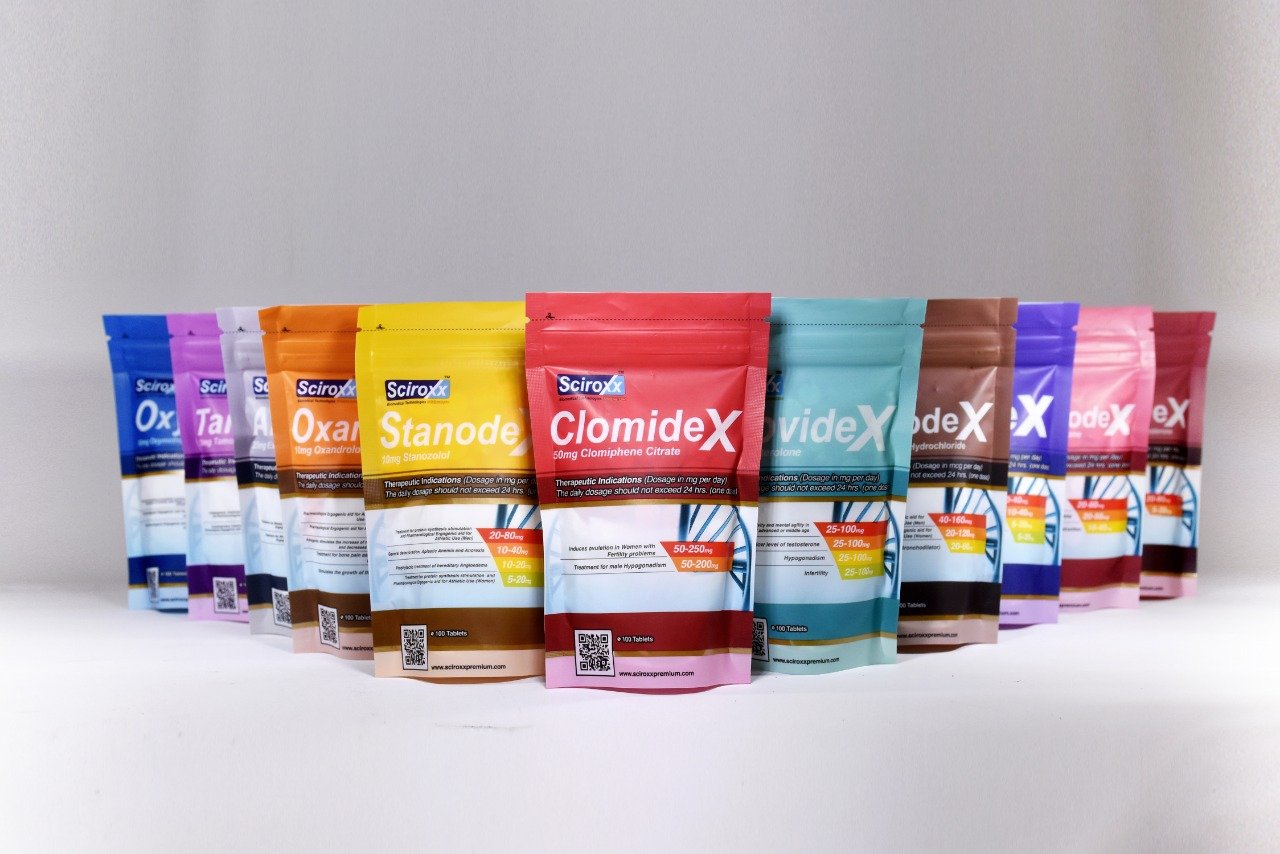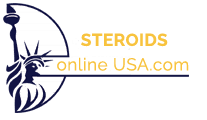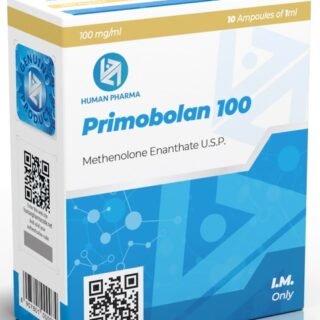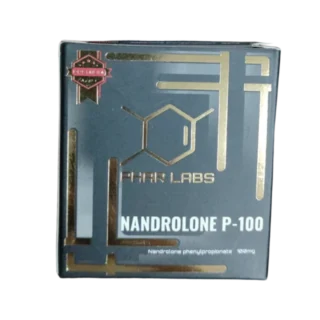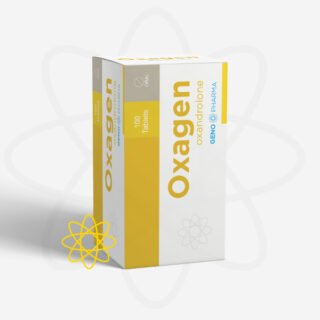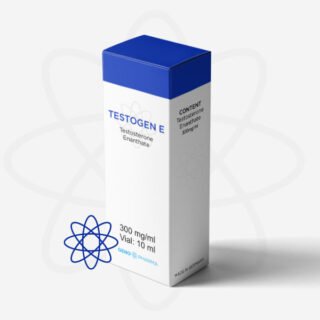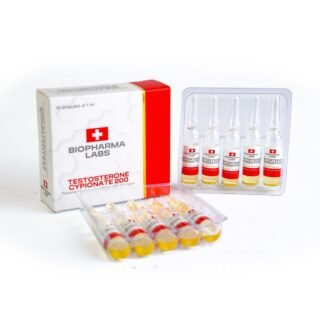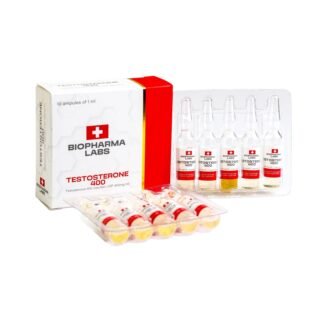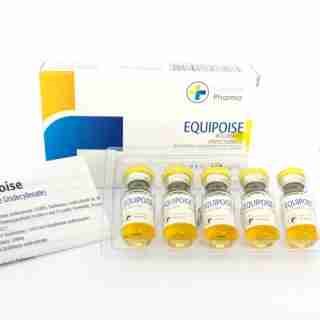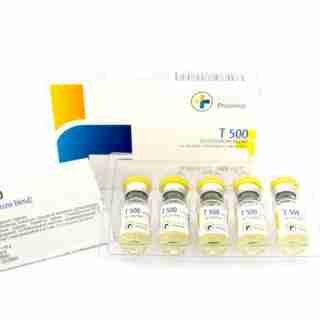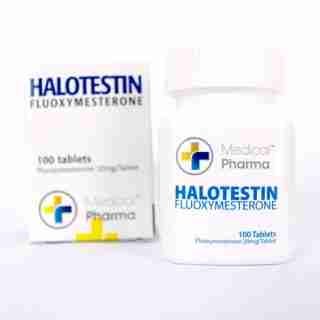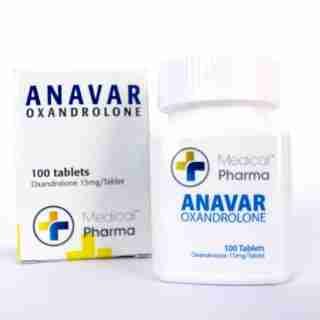Category
- Best Peptides for muscle growth
- Geno Pharma Domestic Warehouse 2 (Canada&USA)
- GPH(Domestic Shipping US) Warehouse 1
- Human Pharma Premium
- Phar Labs Premium-Select
- Steroids on Sale USA, Real Steroids Online
- New arrivals in USA
- Most popular steroids in USA
- Antiestrogens / Gonadotropins
- Bangkok Steroid USA
- Biopharma Steroid USA
- British Dragon
- Anabolic Steroids for Horses
- Fat-burners
- Gen Pharma USA
- Medical Pharma Steroid USA
- Medical Tech Steroid USA
- Novocrine Steroids
- HGH USA
- Omega Labs Steroid USA
- Rotterdam Steroids USA
- SARMs USA
- Sciroxx
- Sydgroup Steroid USA
- Big vetenary Steroid USA
- Watson Steroids
- XT Labs Steroids
Most Popular steroids USA
-
 Primobolan for sale 100mg 10 ml Human Pharma in USA
$115.00
Primobolan for sale 100mg 10 ml Human Pharma in USA
$115.00 -
 NPP Steroid 100mg 10 ml Premium Domestic USA
NPP Steroid 100mg 10 ml Premium Domestic USA
$99.00Original price was: $99.00.$80.00Current price is: $80.00. -
 Anavar for Sale in USA – 10mg 80 Tabs GPH-Premium
Anavar for Sale in USA – 10mg 80 Tabs GPH-Premium
$110.00Original price was: $110.00.$80.00Current price is: $80.00. -
 Buy Anavar 10mg – Purchase Geno Pharma
$99.00
Buy Anavar 10mg – Purchase Geno Pharma
$99.00 -
 Testosterone Cypionate Buy 300mg 10ml Geno Pharma
$99.00
Testosterone Cypionate Buy 300mg 10ml Geno Pharma
$99.00 -
 Buy Testosterone E 300mg 10 ml Geno Pharma Domestic USA/CA
$99.00
Buy Testosterone E 300mg 10 ml Geno Pharma Domestic USA/CA
$99.00 -
 Testosterone Cypionate 200 Biopharma 10 amp
Testosterone Cypionate 200 Biopharma 10 amp
$99.00Original price was: $99.00.$72.00Current price is: $72.00. -
 Testosterone 400 Biopharma 10 Ampoules
Testosterone 400 Biopharma 10 Ampoules
$99.00Original price was: $99.00.$75.00Current price is: $75.00. -
 Eq 300 steroid Rotterdam 10ml
Eq 300 steroid Rotterdam 10ml
$79.00Original price was: $79.00.$69.00Current price is: $69.00. -
 Steroid Deca Geno Pharma 300mg 10ml
Steroid Deca Geno Pharma 300mg 10ml
$110.00Original price was: $110.00.$99.00Current price is: $99.00. -
 Boldenone Cypionate 200 mg / 10 mL Geno Pharma
Boldenone Cypionate 200 mg / 10 mL Geno Pharma
$90.00Original price was: $90.00.$85.00Current price is: $85.00. -
 Somatrox XT Labs 150 IU x 10 vials (15 ui each)
Somatrox XT Labs 150 IU x 10 vials (15 ui each)
$450.00Original price was: $450.00.$350.00Current price is: $350.00.

Ultramix 300mg/ml 10 ml (Trenbolone Enanthate, Drostanolone Propionate, Testosterone Enanthate) – Medical Pharma
$103.00
Trenbolone Enanthate
(17β)-3-Oxoestra-4,9,11-trien-17-yl heptanoate
C25H34O3 = 382.2
CAS — 10161-33-8
Share this page:
- Click to share on X (Opens in new window) X
- Click to share on Facebook (Opens in new window) Facebook
- Click to email a link to a friend (Opens in new window) Email
- Click to share on LinkedIn (Opens in new window) LinkedIn
- Click to share on Reddit (Opens in new window) Reddit
- Click to share on Pinterest (Opens in new window) Pinterest
- Click to share on Telegram (Opens in new window) Telegram
- Click to share on WhatsApp (Opens in new window) WhatsApp
- Click to share on Tumblr (Opens in new window) Tumblr
Ultramix 300mg/ml 10 ml (Trenbolone Enanthate, Drostanolone Propionate, Testosterone Enanthate) – Medical Pharma Steroid USA
Ultramix Pharmacopoeias
USP 31 (Trenbolone Enanthate). Solution oily transparent color from light yellow to yellow, with characteristic odor. It should be stored at room temperature.
Enantato de Testosterona; NSC-17591; Testosteron enantát; Testostérone, enantate de; Testosterone Enanthate; Testosterone Heptanoate; Testosterone Heptylate; Testosteronenantat; Testosteroni enantas; Testosteronienantaatti; Testosterono enantatas; Testosteronu enantan; Tesztoszteronönantát. 3-Oxoandrost-4-en-17β-yl heptanoate; 17β-Hydroxyandrost-4-en-3-one heptanoate.
C26H40O3 = 400.6.
CAS — 315-37-7.
ATC — G03BA03.
ATC Vet — QG03BA03.
USP 31 (Testosterone Enanthate). A white or creamy-white crystalline powder. It is odourless or has a faint odour characteristic of heptanoic acid. Insoluble in water; very soluble in ether; soluble in vegetable oils. Protect from light.
Drostanolone Propionate Compound 32379; Dromostanolone Propionate (USAN); Drostanolone, Propionate de; Drostanoloni Propionas; 2α-Methyldihydrotestosterone Propionate; NSC-12198; Propionato de drostanolona. 17β-Hydroxy-2α-methyl-5α-androstan-3-one propionate.
C23H36O3 = 360.5.
CAS — 58-19-5 (drostanolone); 521-12-0 (drostanolone propionate).
Ultramix: 300mg
⦁ 100 mg / ml Trenbolone enanthate
⦁ 100 mg / ml Drostanolone propionate
⦁ 100 mg / ml Testosterone Enanthate
Pharmacologic category
Androgen combination
Dosing and administration:
Deep intramuscular injection. 300mg injected IM every 3-5 days for duration of 4-8 weeks.
Dosing: Renal impairment
There are no dosage adjustments provided in manufacturers. Use with caution; may enhance edema formation.
Dosing: Hepatic impairment
There are no dosage adjustments provided in manufacturer’s labeling. Use with caution; may enhance edema formation. Ripex is contraindicated in serious hepatic disease.
Use:
Trenbolone acetate, Drostanolone propionate and Testosterone Enanthate have been used as anabolic agents in practice.
It is administered through deep intramuscular.
Storage/Stability
Store in airtight containers at room temperature.
Contraindications
Hypersensitivity to trenbolone, drostanolone propionate, testosterone enanthate benzyl alcohol or any component of the formulation.
Men with carcinomas of the breast or with known or suspected carcinomas of the prostate; women who are or may become pregnant.
Documentation of allergenic cross-reactivity for androgens is limited. However, because of similarities in chemical structure and/or pharmacologic actions, the possibility of cross-sensitivity cannot be ruled out with certainty.
Warnings/Precautions
⦁ Gynecomastia: May cause gynecomastia.
⦁ Hepatic effects: Prolonged use and/or high doses may cause peliosis hepatis or liver cell tumors, which may not be apparent until liver failure or intra-abdominal hemorrhage develops. Discontinue in case of cholestatic hepatitis with jaundice or abnormal liver function tests.
⦁ Venous thromboembolism: Venous thromboembolic events, including deep vein thrombosis (DVT) and pulmonary embolism (PE), have been reported with testosterone products. Evaluate patients with symptoms of pain, edema, warmth, and erythema in the lower extremity for DVT and those with acute shortness of breath for PE. Discontinue therapy if a venous thromboembolism is suspected.
Disease related concerns:
⦁ Breast cancer: Use with caution in patients with breast cancer; may cause hypercalcemia by stimulating osteolysis.
⦁ Edematous conditions: Use with caution in patients with conditions influenced by edema (eg, cardiovascular disease, migraine, seizure disorder, renal impairment); may cause fluid retention.
⦁ Hepatic impairment: Use with caution in patients with hepatic impairment.
Pregnancy risk factor
X
Category X: Studies in animals or human beings have demonstrated fetal abnormalities, or there is evidence of fetal risk based on human experience, or both, and the risk of the use of the drug in pregnant women clearly outweighs any possible benefit. The drug is contraindicated in women who are or may become pregnant.
Pregnancy considerations
Use is contraindicated in women who are or may become pregnant; masculinization of the fetus has been reported.
Lactation
Excretion in breast milk unknown/not recommended
Adverse reactions
Frequency not always defined.
Cardiovascular: Hypertension (≥3%), increased blood pressure (1%), decreased blood pressure, deep vein thrombosis, edema, vasodilatation
Central nervous system: Headache (1% to ≥3%), fatigue (2%), irritability (2%), insomnia (≤2%), mood swings (≤2%), aggressive behavior (1%), taste disorder (1%), altered sense of smell (≤1%), abnormal dreams, amnesia, anxiety, chills, depression, dizziness, emotional lability, excitement, hostility, malaise, nervousness, outbursts of anger, paresthesia, seizure, sleep apnea, suicidal ideation
Dermatologic: Acne vulgaris (5%), hyperhidrosis (1%), alopecia, contact dermatitis, diaphoresis, erythema, folliculitis, hair discoloration, pruritus, seborrhea, skin rash, xeroderma.
Endocrine & metabolic: Increased plasma estradiol concentration (3%), weight gain (1%), gynecomastia (≤1%), hot flash (≤1%), change in libido, decreased gonadotropin, fluid retention, hirsutism (increase in pubic hair growth), hypercalcemia, hyperchloremia, hypercholesterolemia, hyperglycemia, hyperkalemia, hyperlipidemia, hypernatremia, hypoglycemia, hypokalemia, inorganic phosphate retention, menstrual disease (including amenorrhea).
Gastrointestinal: Diarrhea (≥3%), gastroesophageal reflux disease, gastrointestinal hemorrhage, gastrointestinal irritation, increased appetite, nausea, vomiting.
Genitourinary: Prostate specific antigen increase (5% to 11%), prostatitis (≥3%), ejaculatory disorder (1%), prostate induration (1%), spontaneous erections (≤1%), benign prostatic hypertrophy, difficulty in micturition, hematuria, impotence, irritable bladder, mastalgia, oligospermia, priapism, testicular atrophy, urinary tract infection, virilization.
Hepatic: Abnormal hepatic function tests, cholestatic hepatitis, cholestatic jaundice, hepatic insufficiency, hepatic necrosis, hepatocellular neoplasms, increased serum bilirubin, peliosis hepatis.
Hematologic & oncologic: Increased hematocrit (1% to 3%), increased hemoglobin (2%), malignant neoplasm of prostate (1%), anemia, clotting factors suppression, hemorrhage, leukopenia, polycythemia, prostate carcinoma.
Hypersensitivity: Anaphylactoid reaction, hypersensitivity reaction (including pulmonary oil microembolism).
Local: Pain at injection site (5%), erythema at injection site (1%), application site reaction (gel, solution), inflammation at injection site.
Neuromuscular & skeletal: Arthralgia (≥3%), back pain (≥3%), abnormal bone growth (accelerated), hemarthrosis, hyperkinesia, weakness.
Ophthalmic: Increased lacrimation
Renal: Increased serum creatinine, polyuria
Respiratory: Bronchitis (≥3%), nasopharyngitis (≥3%), sinusitis (≥3%), upper respiratory tract infection (≥3%), dyspnea
<1%, postmarketing, and/or case reports: Injection: Abdominal pain, abnormal erythropoiesis, abscess at injection site, allergic dermatitis, anaphylactic shock, anaphylaxis, androgenetic alopecia, angina pectoris, angioedema, asthma, breast induration, cardiac arrest, cardiac failure, cerebral infarction, cerebrovascular accident, cerebrovascular insufficiency, chest pain, chronic obstructive pulmonary disease, circulatory shock, cognitive dysfunction, confusion, coronary artery disease, coronary occlusion, cough, decreased plasma testosterone, decreased thyroxine binding globulin, decreased urinary calcium excretion, diabetes mellitus, dysuria, electrolyte disturbance, epididymitis, erectile dysfunction, hearing loss (sudden), hematoma at injection site, hepatotoxicity (idiosyncratic) (Chalasani, 2014), hyperparathyroidism, hypersensitivity angiitis, hypertriglyceridemia, hyperventilation, impaired glucose tolerance, increased gamma-glutamyl transferase, increased intraocular pressure, increased serum ALT, increased serum AST, increased serum prolactin, increased serum transaminases, increased serum triglycerides, Korsakoff’s psychosis (nonalcoholic), migraine, musculoskeletal chest pain, musculoskeletal pain, myalgia, myocardial infarction, nephrolithiasis, nipple tenderness, orgasm disturbance (male), osteopenia, osteoporosis, peripheral edema, personality disorder, pharyngeal edema, pharyngolaryngeal pain, prolonged partial thromboplastin time, prolonged prothrombin time, prostatic intraepithelial neoplasia, pulmonary embolism, pure red cell aplasia, renal colic, renal pain, respiratory distress, restlessness, reversible ischemic neurological deficit, rhinitis, sleep disorder, snoring, spermatocele, syncope, systemic lupus erythematosus, tachycardia, testicular pain, thrombocytopenia, thromboembolism, thrombosis, tinnitus, transient ischemic attacks, urinary incontinence, urolithiasis, urticaria, venous insufficiency, venous thromboembolism, vesicobullous rash, virilization (of children, following secondary exposure to topical gel [advanced bone age, aggressive behavior, enlargement of clitoris requiring surgery, enlargement of penis, increased erections, increased libido, pubic hair development]), vitreous detachment, voice disorder.
Metabolism/Transport effects
None known.
Drug interactions
Corticosteroids, Warfarin and Antidiabetic agents.
Test interactions
May suppress factors II, V, VII, and X; may increase PT; may decrease thyroxine-binding globulin and radioactive iodine uptake
Monitoring parameters
Liver function tests, cholesterol profile, hemoglobin/hematocrit; INR/PT in patients on anticoagulant therapy.
Children: Radiographs of left wrist and hand every 6 months (to assess bone maturation).
Adult females: Signs of virilization (deepening voice, hirsutism, acne, clitoromegaly); urine and serum calcium in women with breast cancer.
Dosage forms
Injectable solution – 300mg/ml in a 10ml multi-dose vial (contains benzyl alcohol)
Mechanism of action
Principal endogenous androgen responsible for promoting the growth and development of the male sex organs and maintaining secondary sex characteristics in androgen-deficient males.
Metabolism: Hepatic
Elimination: Bile (80%)
Half-life: 2 weeks.
Buy anabolis steroids online USA.
Related products
Equipoise 200mg/ml 10 ml – Medical Pharma
$93.00Add to cartBa-29038; Boldenone Undecylenate (USAN); Boldenone, Undecylenate de; Boldenoni Undecylenas; 1-Dehydrotestosterone (boldenone); Undecilenato de boldenona. 17β-Hydroxyandrosta-1,4-dien-3-one 17-(undec-10-enoate). Болденона Ундециленат.
C30H44O3 = 452.7.
CAS — 846-48-0 (boldenone); 13103-34-9 (boldenone undecenoate).
Equipoise contains: 200mg.
200 mg / ml Boldenone Undecylenate.Pharmacologic Category: Androgen.
Dosing
a) 1 mg/kg IM; may repeat in 1 week intervals (most will respond with one or two treatments).
b) 3 mg/kg IM; repeated at 1 week intervals (Robinson 1987).T500 mg Testosterone Mix 10 ml M P Best USA
$103.00Add to cart⦁ 200mg/ml Testosterone Cypionate.
⦁ 200mg/ml Testosterone Enanthate.
⦁ 100mg/ml Testosterone Propionate.Testosterone Cypionate (Cipionate).
Cipionato de testosterona; Testostérone, Cipionate de; Testosterone Cyclopentylpropionate; Testosterone Cypionate; Testosteroni Cipionas. 3-Oxoandrost-4-en-17β-yl 3-cyclopentylpropionate; 17β-Hydroxyandrost-4-en-3-one cyclopentanepropionate; 17β-(3-Cyclopentyl-1-oxopropoxy)androst-4-en-3-one.
Halotestin (Fluoxymesterone) 20mg/tab 100 tabs – Medical Pharma
$93.00Read moreHalotestin, Ora-Testryl, Ultandren, others.
Androfluorene; NSC-12165; 9α-Fluoro-11β-hydroxy-17α-methyltestosterone; 9α-Fluoro-17α-methylandrost-4-en-11β,17β-diol-3-one.
Pharmacopoeias. In US. USP 31(Oxandrolone). A white odourless crystalline powder. Soluble 1 in 5200 of water, 1 in 57 of alcohol, 1 in 69 of acetone, 1 in less than 5 of chloroform, and 1 in 860 of ether. Protect from light.
Anavar For Sale Online 15mg/100tabs MP | Purchasing Anavar US
$99.00Add to cartAnavar (Oxandrolone) 15mg 100 Tablets – Medical Pharma
Anavar (Oxandrolone) 15mg by Medical Pharma is a high-quality anabolic steroid known for its muscle-preserving and performance-enhancing properties. With 100 tablets per bottle, each containing 15mg of Oxandrolone (NSC-67068, SC-11585), it supports lean muscle retention, fat loss, and recovery while minimizing water retention. Its mild androgenic profile makes it a preferred choice for both men and women looking for effective yet controlled performance enhancement.
Pay with WISE APP or Remitly
Pay with WISE App or Remitly
Fast money transfers from USA for fast delivery of steroids
Secure delivery in USA
100% reliable shipping in USA
24x7 Support
Online 24 hours
Low cost delivery
Great shipping prices in USA
BULK ORDER DISCOUNT
If you are a reseller in the USA you can get a special DISCOUNT, we can give you up to 50% or more on bulk orders. If you want to make a bulk order, we can negociate for orders of over USD$4,000, contact us by email.
Steroids info

